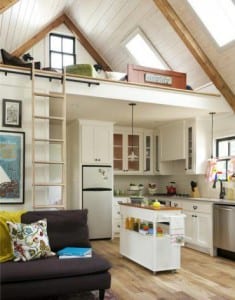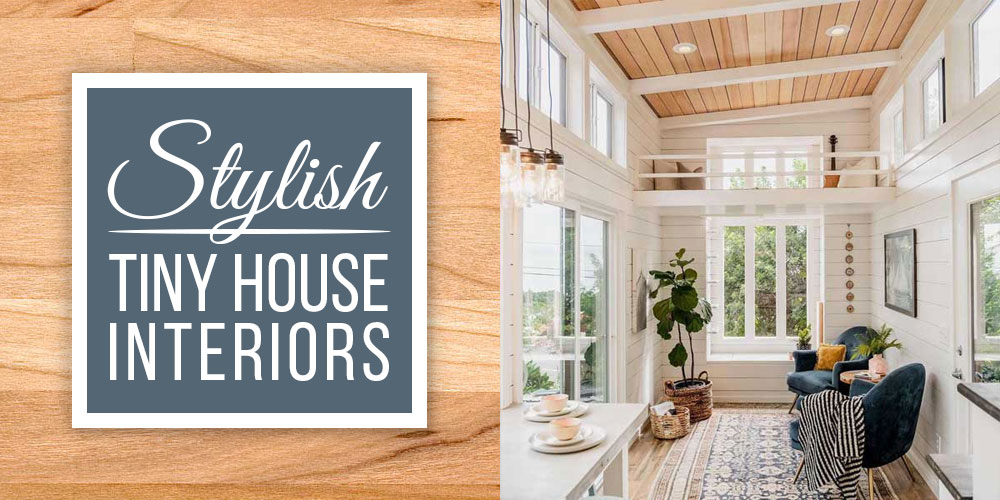The Principles Behind Tiny Homes and How to Apply Them to Your Home
Tiny homes have gained popularity due to their minimalist and efficient design principles. While not everyone may want to live in a tiny home, you can still apply some of these principles to make your own home more functional, organized, and space-efficient. Here are some key principles behind tiny homes and how you can apply them to your home:
Minimalism: Embrace minimalism by decluttering and simplifying your living space. Get rid of items you no longer need or use, and focus on keeping only the essentials. Adopt a "less is more" mindset when it comes to furniture, decor, and personal belongings.
Multifunctional Furniture: Invest in furniture that serves multiple purposes. For example, a sofa that converts into a bed, a coffee table with hidden storage compartments, or a dining table that can be folded down when not in use. This allows you to maximize the functionality of each piece while saving space.
Smart Storage Solutions: Utilize smart storage solutions to make the most of your available space. Incorporate built-in cabinets, shelves, and drawers to keep belongings organized and out of sight. Look for underutilized areas such as under stairs or in wall cavities for additional storage opportunities.
Open Floor Plans: Create an open and airy feel by removing unnecessary walls or barriers. This allows for better flow and utilization of space. Consider combining your kitchen, dining, and living areas to create a more spacious and connected environment.
Light and Bright Colors: Use light and bright colors throughout your home to create an illusion of space. Opt for neutral or pastel tones on walls, furniture, and decor. Incorporate mirrors strategically to reflect natural light and make the space feel larger.
Outdoor Living: Make use of outdoor spaces as an extension of your living area. Create a functional outdoor seating area, a garden, or a small patio where you can relax and entertain. This expands your living space without adding square footage to your home.
Efficient Use of Vertical Space: Maximize vertical space by utilizing tall shelves, wall-mounted storage units, or hanging racks. This allows you to utilize space that would otherwise go unused and keeps your floor area clear and open.
Energy Efficiency: Implement energy-efficient solutions in your home to reduce waste and lower utility costs. Install LED lighting, improve insulation, use energy-efficient appliances, and consider renewable energy sources like solar panels. This not only benefits the environment but also saves you money in the long run.
Outdoor Connections: Incorporate large windows or glass doors to connect your indoor space with the outdoors. This creates a sense of openness, brings in natural light, and provides a visual connection to the surrounding environment.
By applying these principles to your home, you can create a more functional, organized, and efficient living space. Remember, it's about optimizing your home's layout, minimizing clutter, and utilizing space wisely to make the most of what you have, regardless of the size of your home.



Comments
Post a Comment